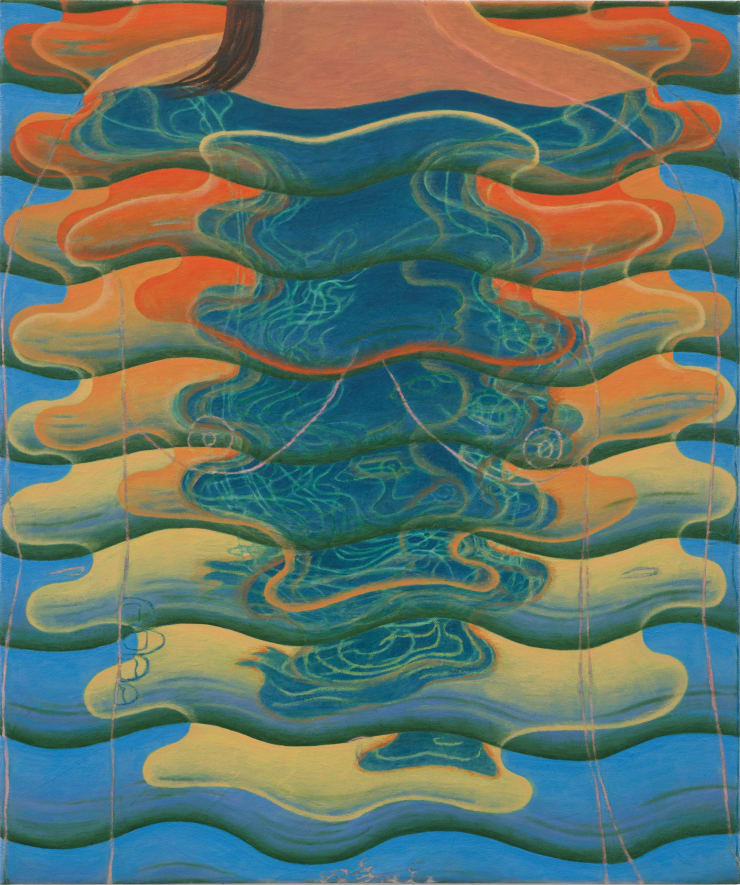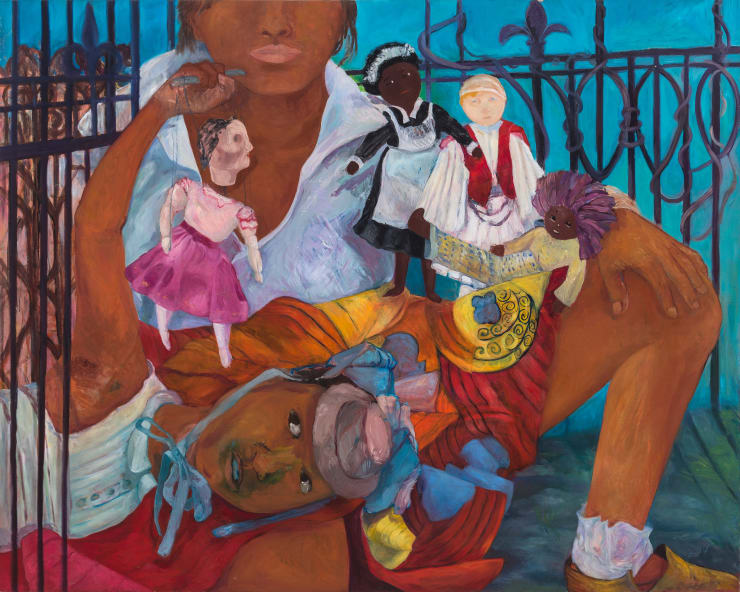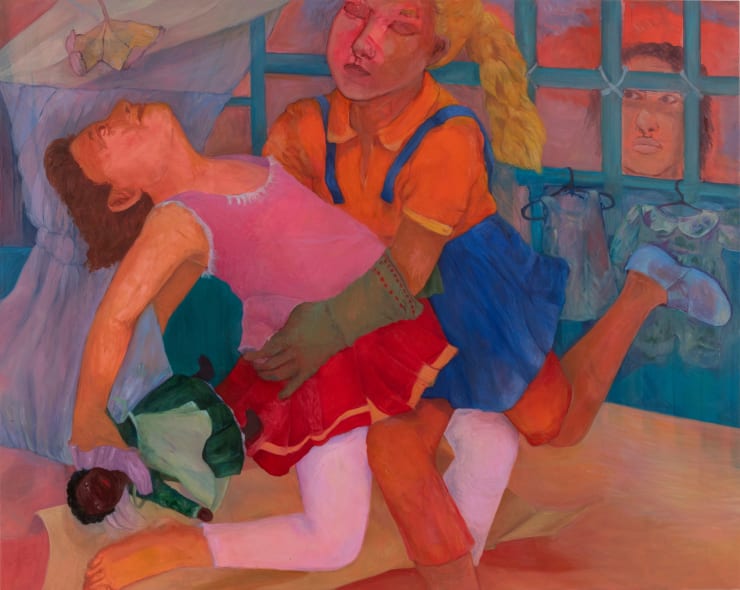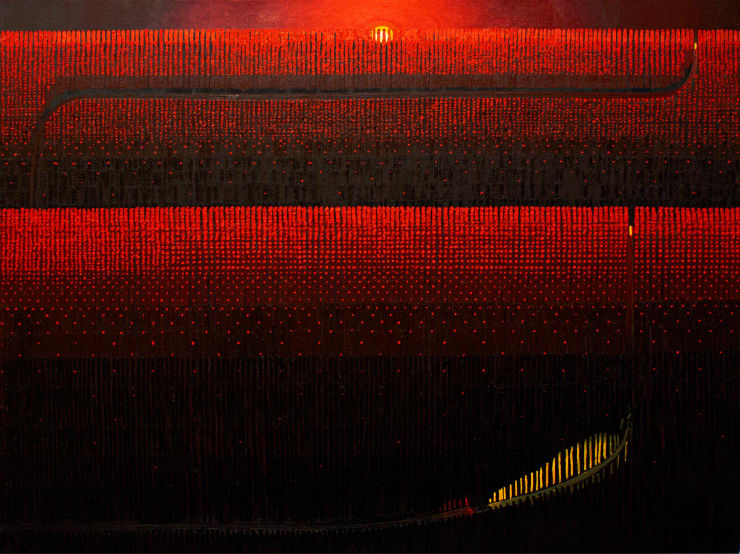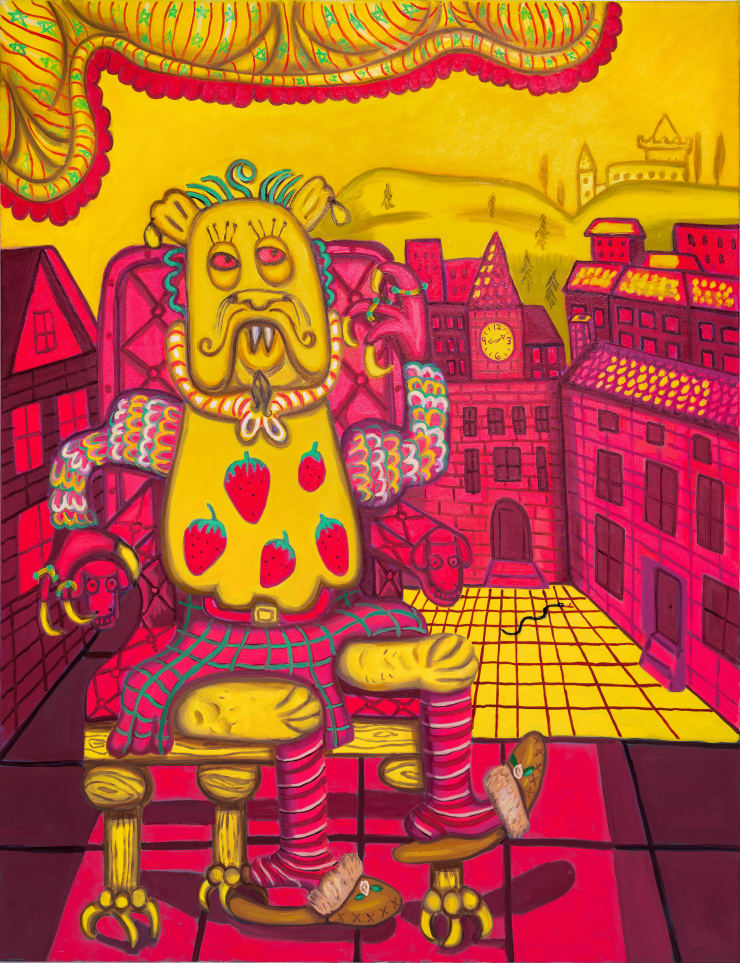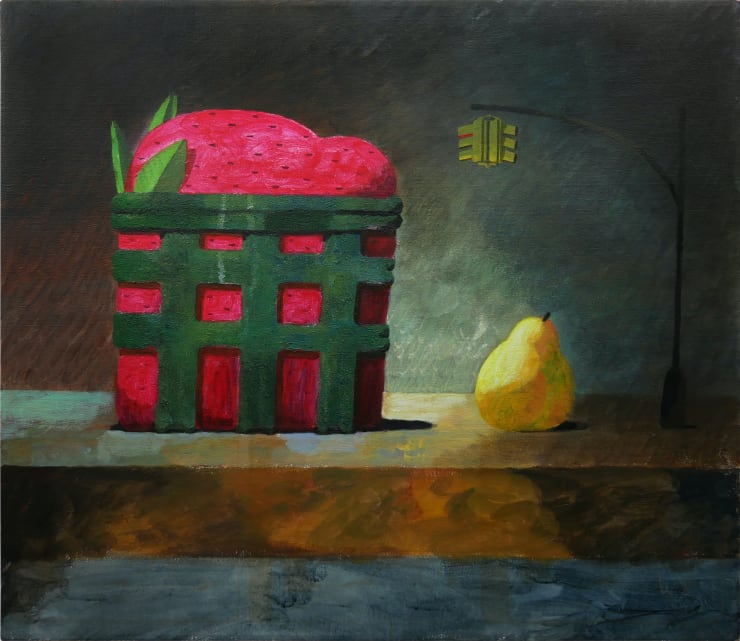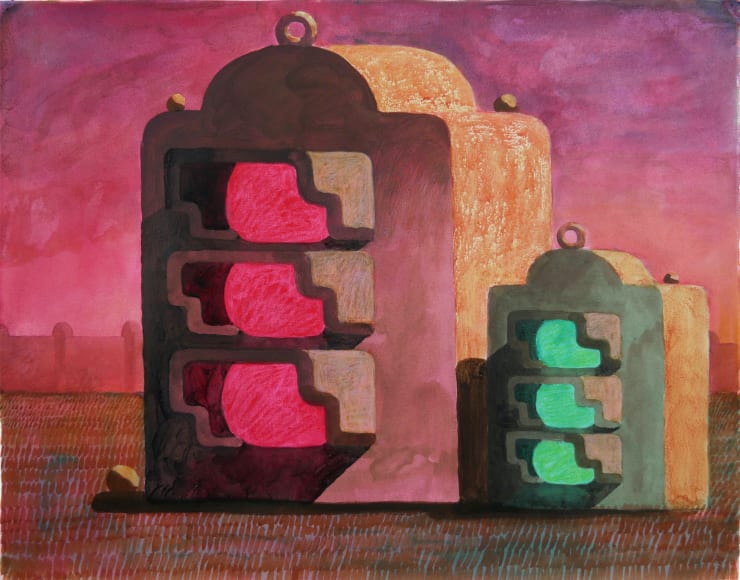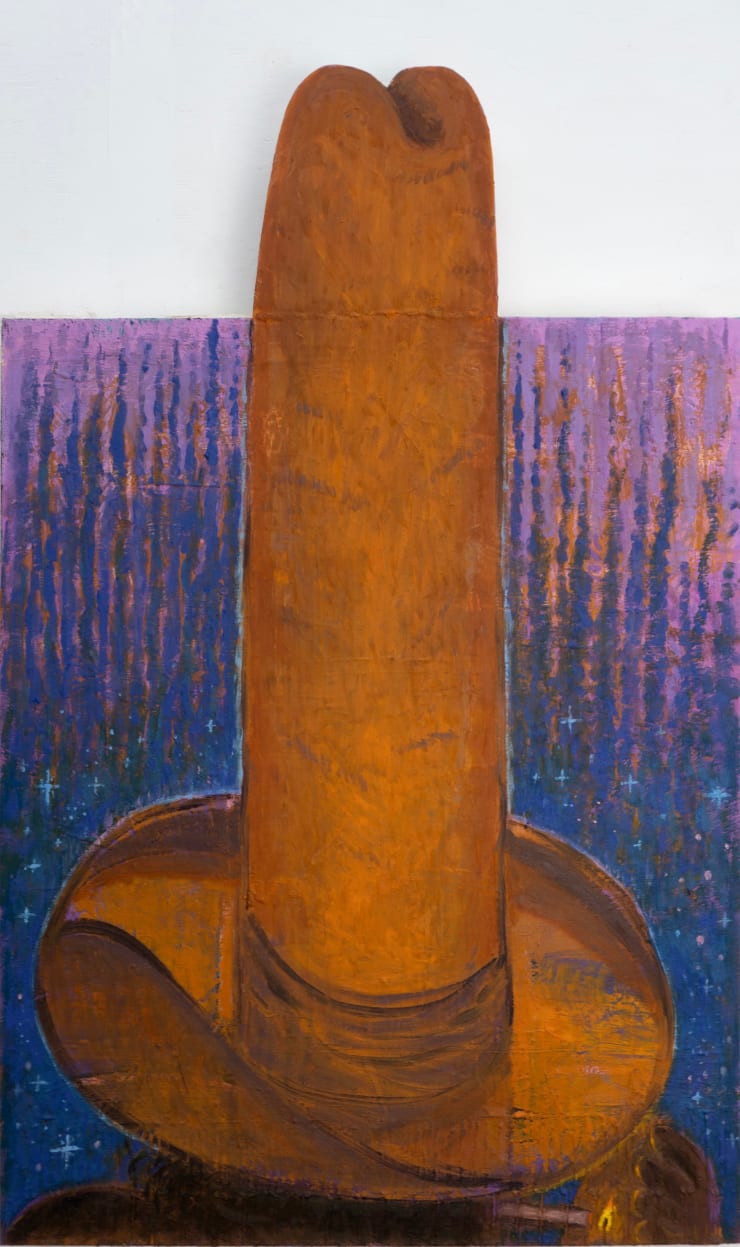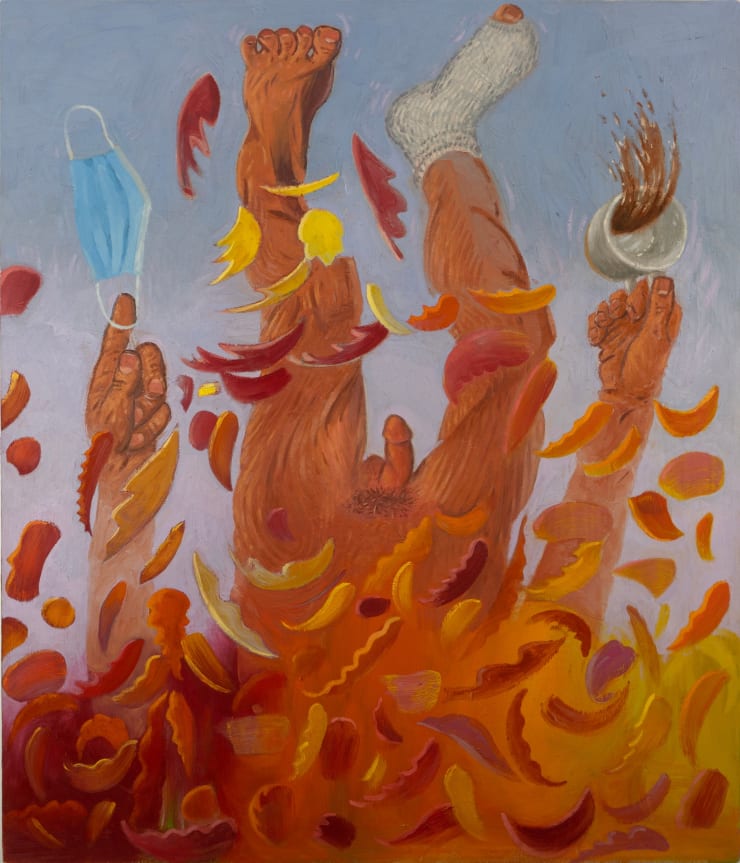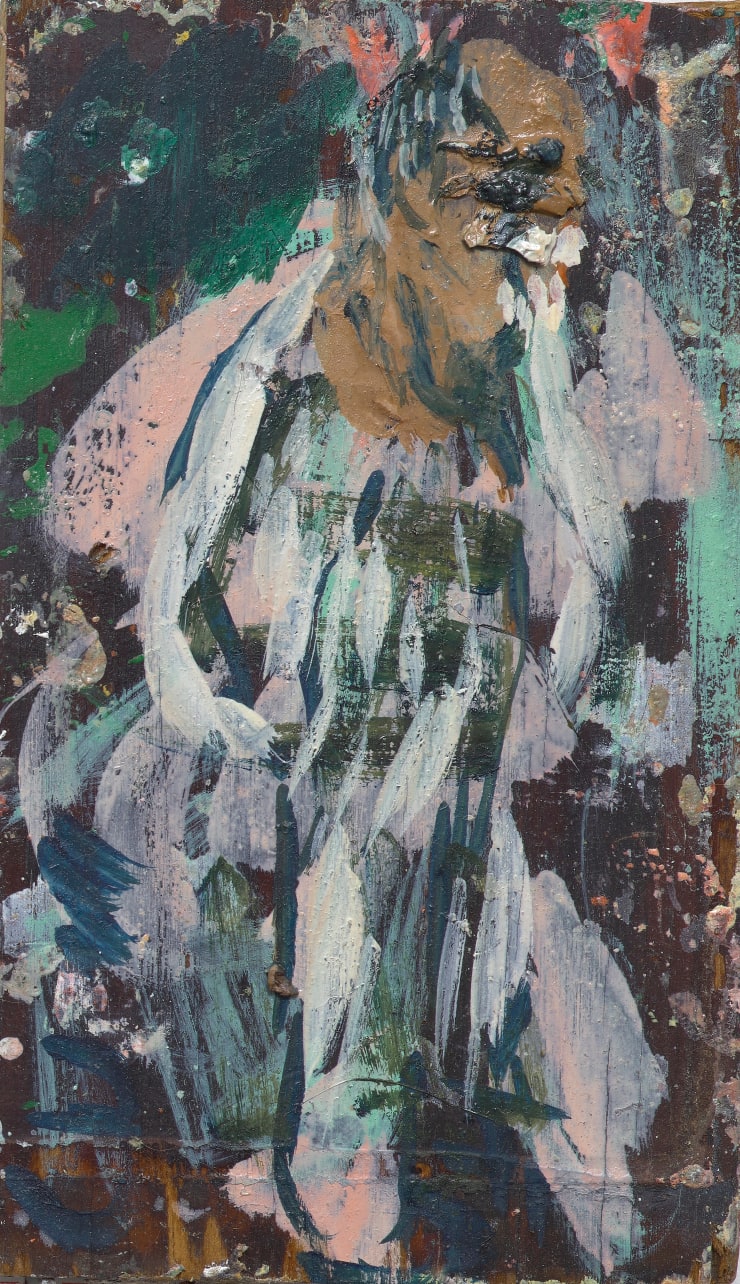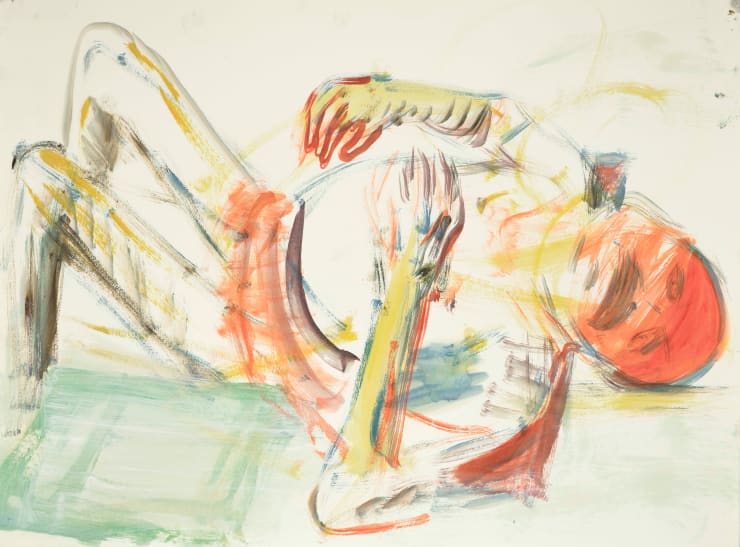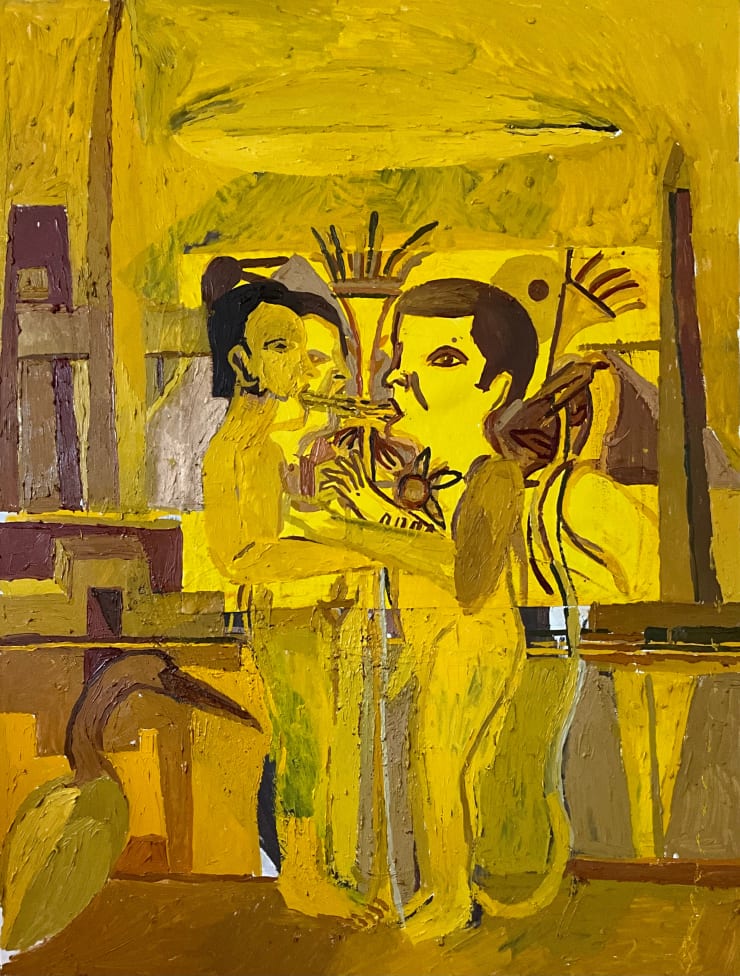-
-
Taymour Grahne Projects is pleased to present Sins of the Fathers, an online group show curated by NYC based artist Nat Meade, opening virtually on July 26. Accompanying the exhibition is a text by Nancy Grimes.
-
-
In Sins of the Fathers, artist/curator Nat Meade brings together eleven artists who meet the challenges of representational drawing and painting head on. Mining the vast repertoire of styles and genres of past art, each of the eleven has invented an idiosyncratic language that allows them to speak about contemporary experience in highly personal and often provocative ways. “They don’t reject the past, they reimagine it,” Meade says. “I think it is brave to honestly acknowledge where you come from without celebrating or merely rehashing traditional ideas in an uncritical way.”
No longer blinkered by formalism, today’s representational artists clearly see the sins of traditional painting–its overt and implicit sexism, racism and classism, its allegiance to the power of church and state, its looting of non-Western and indigenous artistic traditions. Rather than reject the “gaze” of Western painting, the artists in Sins of the Fathers redirect it toward overlooked experiences, people and places.
-
Meade’s artists not only subvert the vision of their artistic forebears, they also take on the sins of their biological fathers, exploring the intimate spaces of their lives and turning a critical eye on family and home–subjects often sentimentalized or ignored in past painting. “They are acknowledging the weirdness, messiness and difficulties of traditional painting but are also dealing with the dysfunction of families,” Meade says. “They want to distance themselves from that dysfunction while still honoring the bonds of love.”
Moving from the real to the imaginary to the edge of abstraction, the artists in Sins of the Fathers take a provocatively untraditional approach to the idea of family, working in a variety of styles but sharing subjects, themes and goals.
Barskaya’s deadpan snapshots capture the mundane details of life with her young child and husband, while Williamson focuses on the dramas of youth, expressed through the interlaced bodies of black, brown and white children and adults.
Palocci and Grimes take a darker look at childhood, unearthing traumatic events from their past. Palocci’s eerily illuminated landscapes and interiors evoke a child’s fear of strange places—in this case, his religious grandfather’s house in the woods—while Grimes looks back at the damage wrought by her parents’ divorce. Michael Gac Levin adopts a more playful stance toward childhood and parenting by using still life (traditionally a woman’s genre) to represent familial relationships and conflicts. -
Isolating a single figure, Barrett, Gagner and Carmi turn portraiture upside down, recasting its familiar tropes. Barrett’s gallery of anachronistically dressed grotesques—part human, part animal, and surprisingly proper—challenge the idea of what it means to be a person. Although Gagner and Carmi share Barrett’s penchant for satire, they take a more critical view of their subjects. Gagner’s penis hat and falling man poke fun at traditional ideas of masculinity, while Carmi scathingly regards members of his own family by sketching them in scabrous guises.
-
Giordanne Salley, Langdon Graves and Clintel Steed step back from the individual and specific and take a larger view of the cycle of life and generational connectedness. Concentrating on the primal relationship between two loving adults, Salley creates lyrical images that depict the immersion of one self into another. Graves uses traditional vanitas objects—a candle and a flower--to remind us of the brevity and fragility of life. Steed links people to past and future generations in his heady yellow 5G spaces.
-
“All the artists I’ve selected confront our painful past,” Meade explains. “They create unique images and suggest new archetypes and, in doing so, offer possibilities for seeing ourselves and each other.”
- Nancy Grimes
SINS OF THE FATHERS, ONLINE GROUP SHOW CURATED BY NAT MEADE
Past viewing_room
